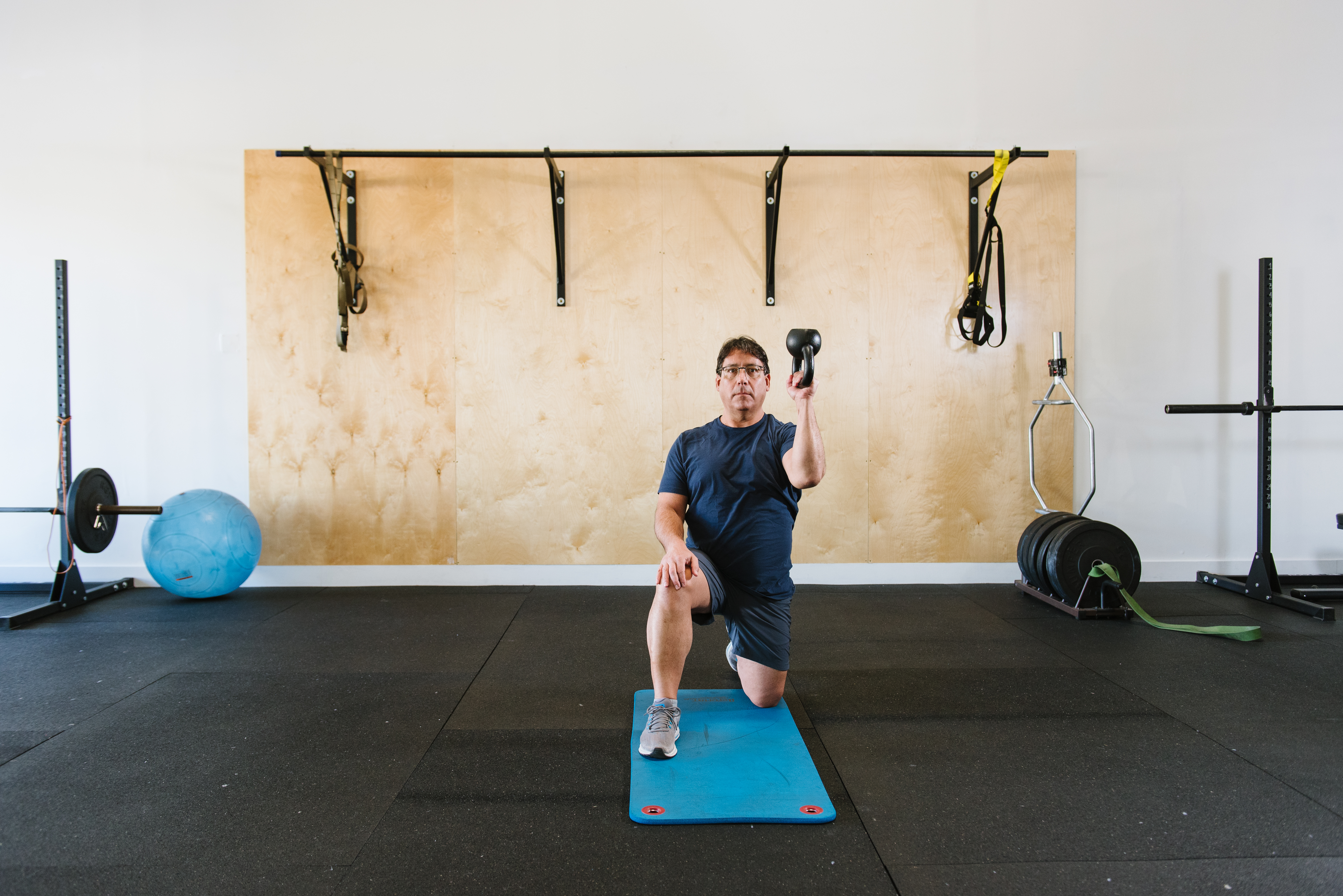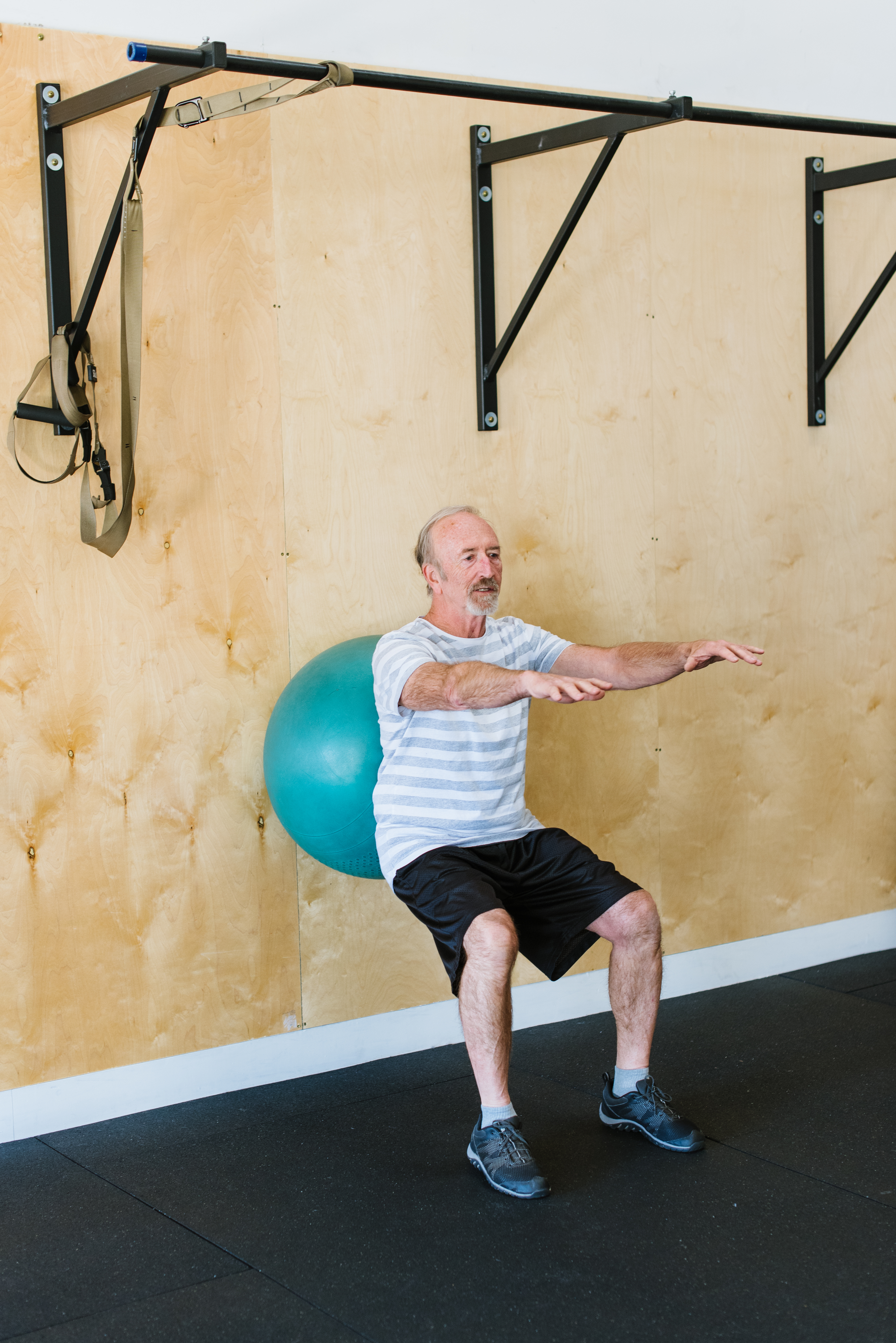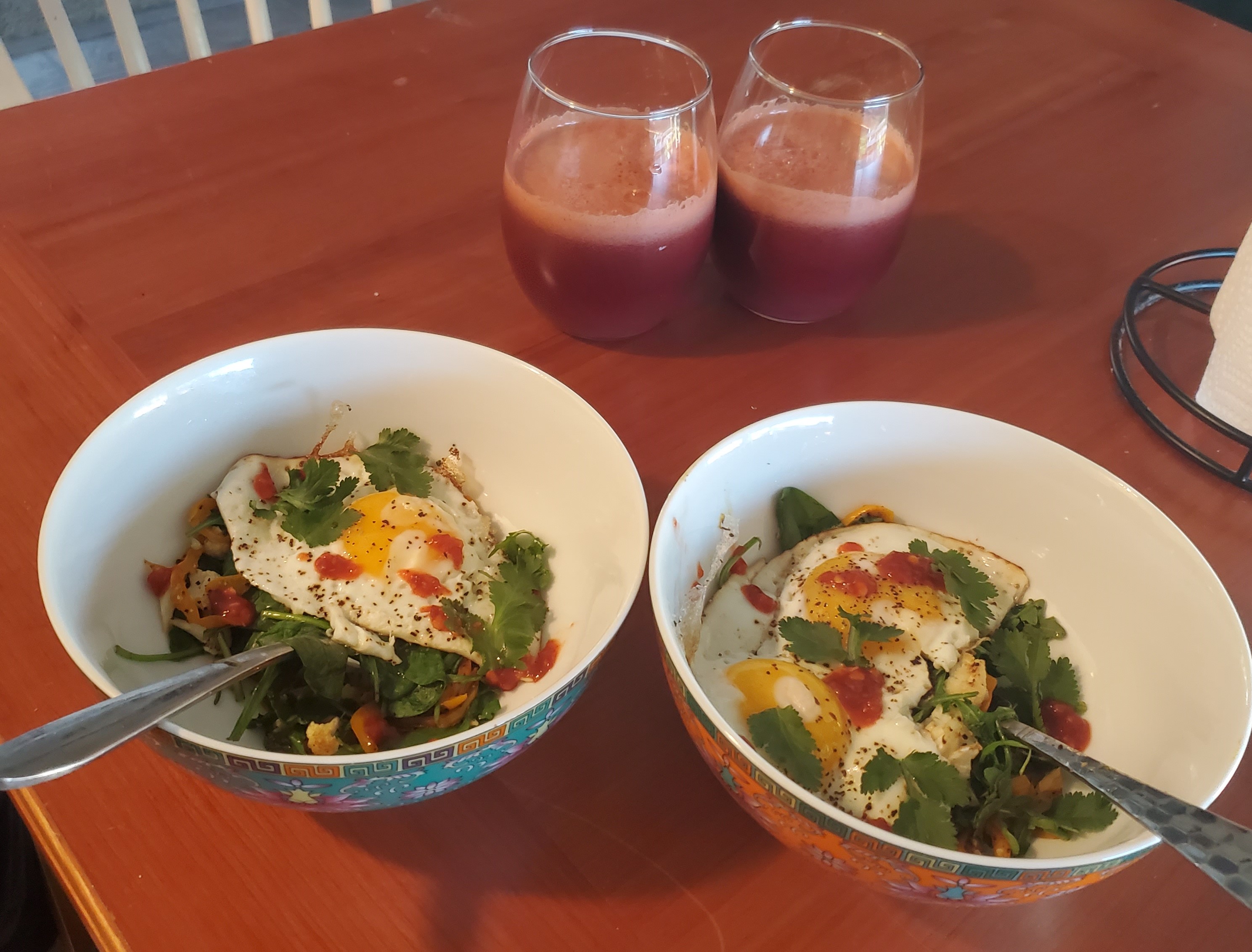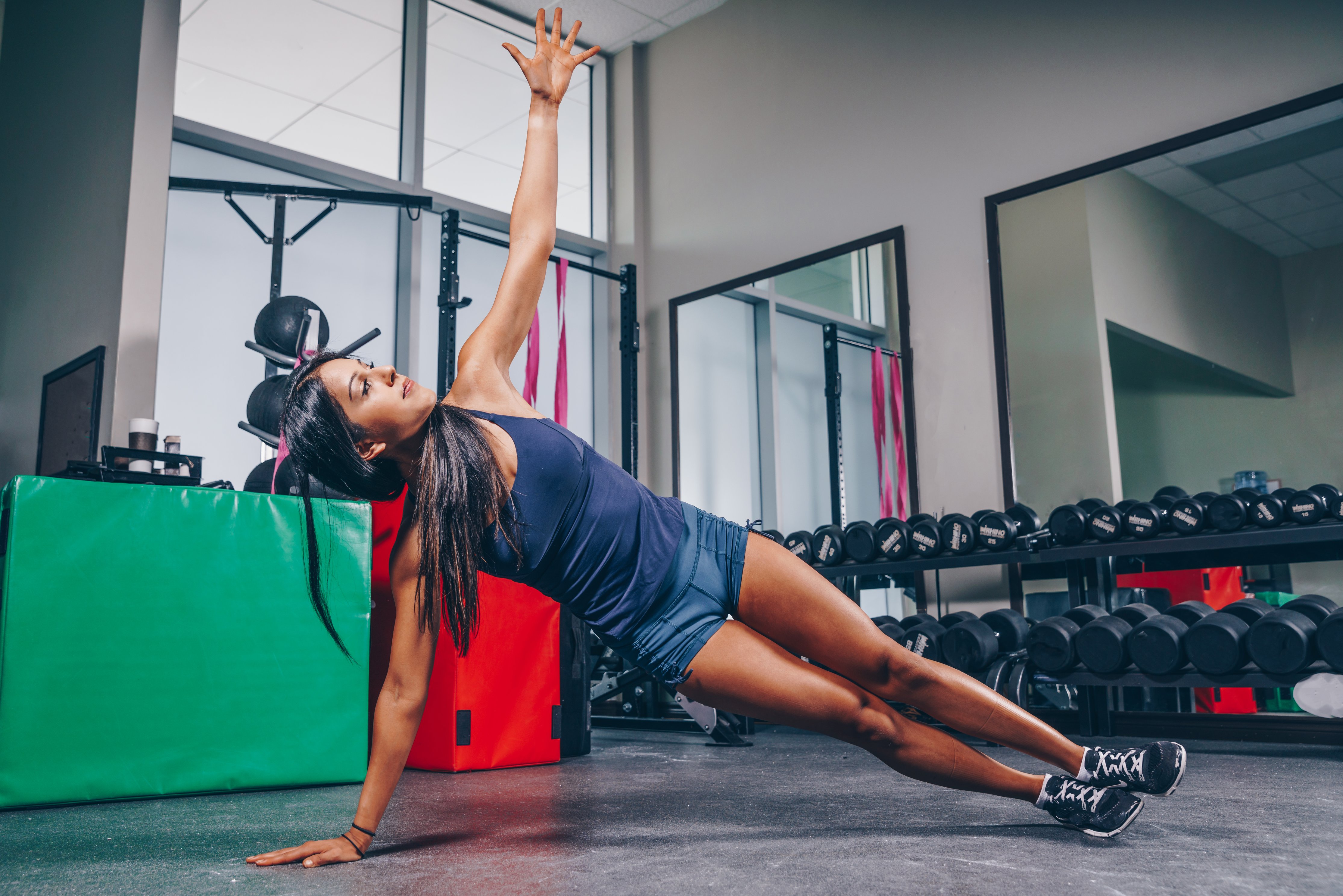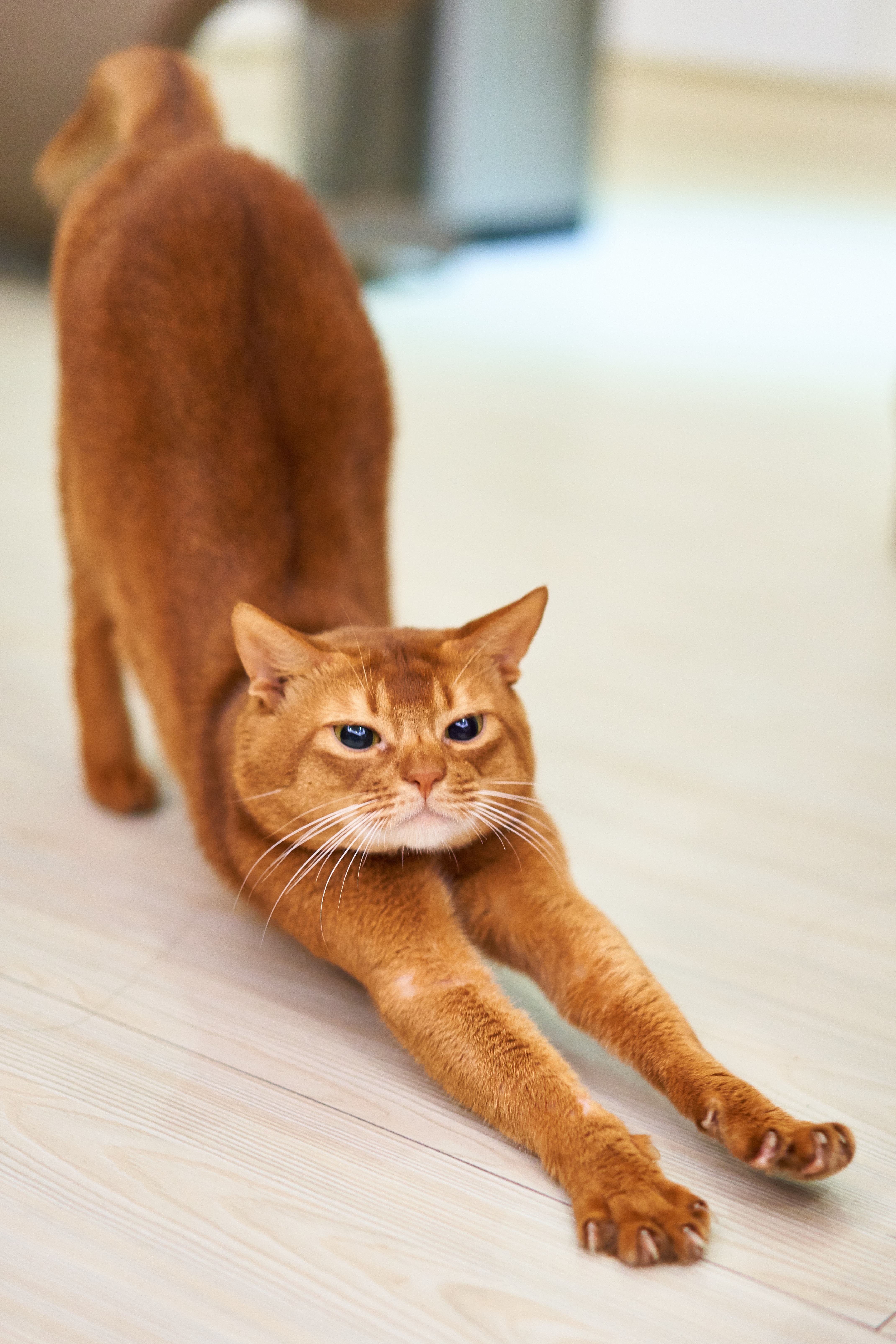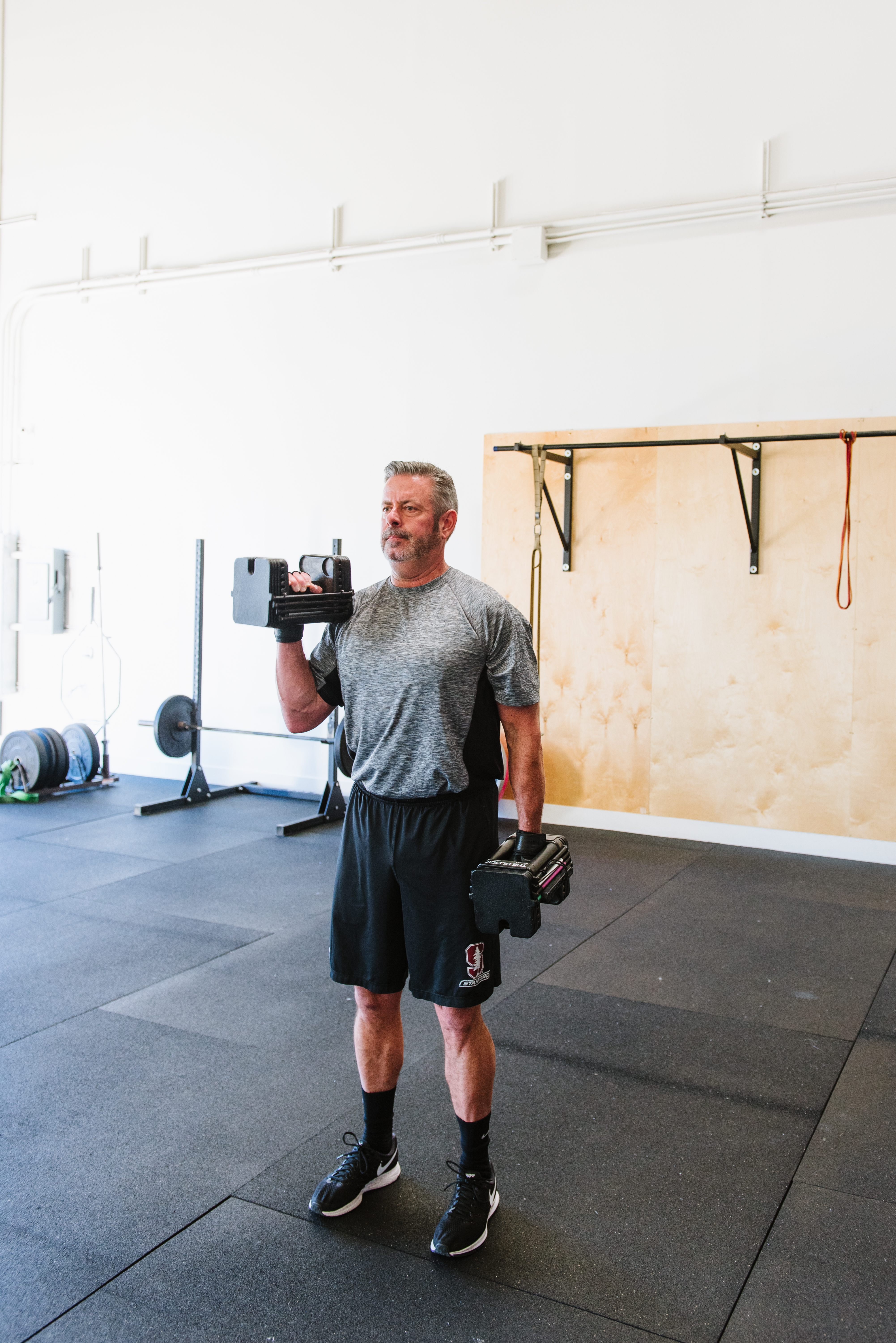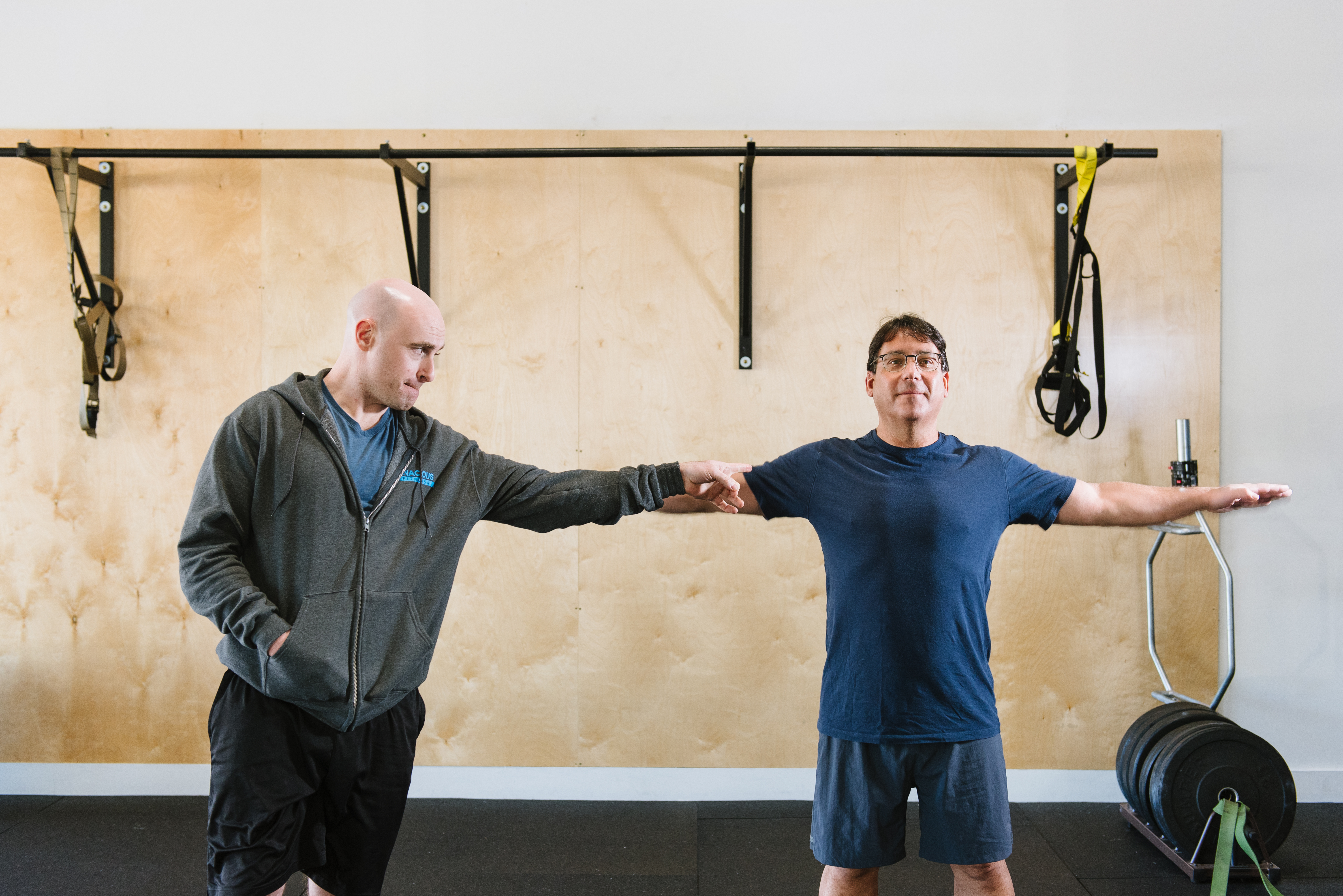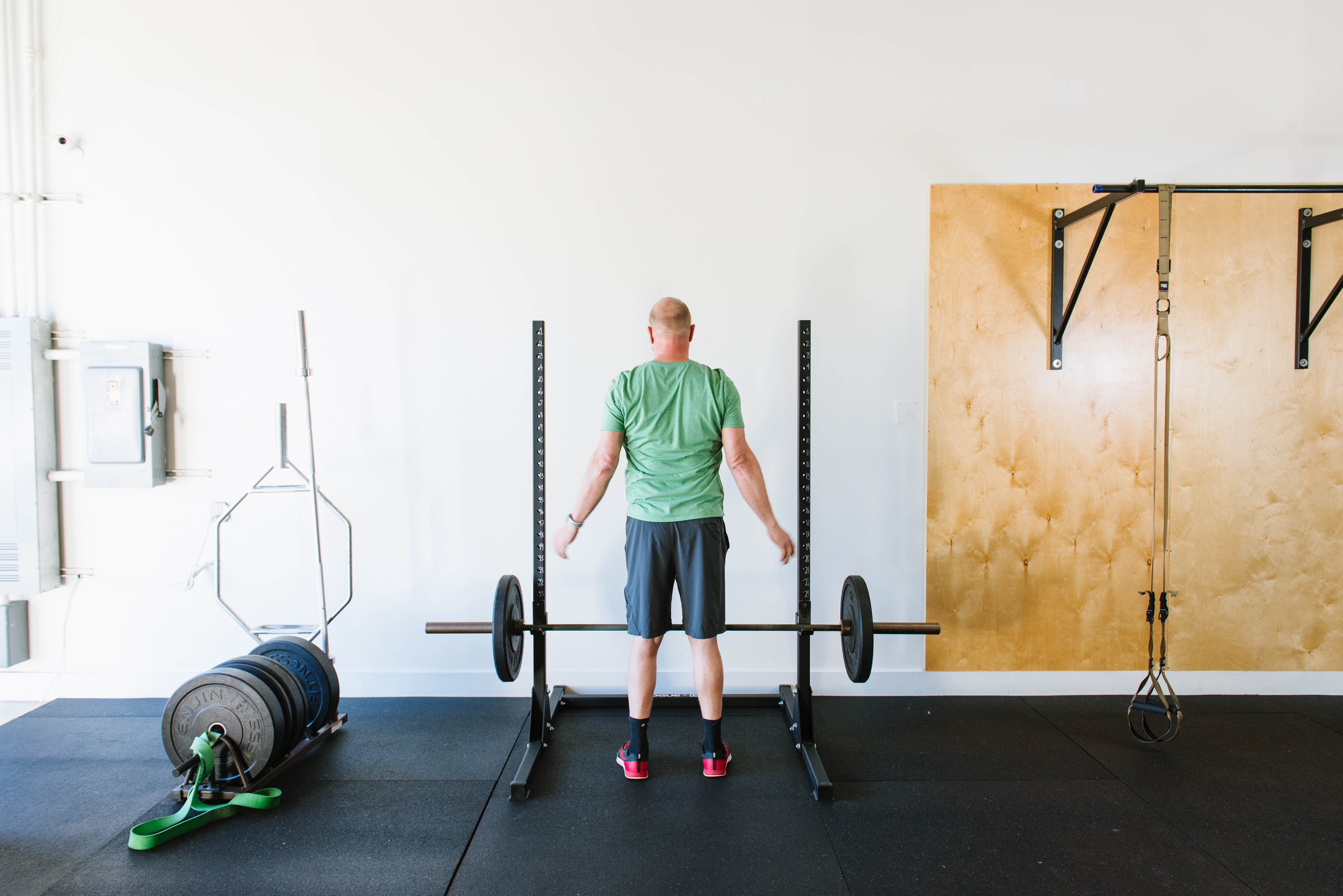The start of 2020 marked a great experience. I took a trip to Hawaii for the first time in my life. As I flew into the Honolulu airport in awe of the sapphire blue water, diamond dusted beaches, and amazing jungle foliage, I knew I was in for a monumental trip. The first few days were filled with beach hopping. I was able to play Pickleball with the locals and jumped in and out of the water right next to the courts in between games to cool off. I had the chance to experience Hanauma Bay and snorkel alongside all of the marine life. I’ve never experienced such warm, clear water. Being a native of Northern California, our waters are darker and colder. Overall, this was an unforgettable, breathtaking experience. That is, until the ear infection of the century unleashed a pincer attack of pain, loss of hearing, and an altered equilibrium on both my ears the last day of my epic vacation. I had the privilege of flying back home with a dual internal ear infection that would affect me for the next 4 weeks.
As I landed back in the mainland, I knew I was going to be sidelined from my normal activities for a few days. My job a fitness professional and my normal exercise routine needed to cease so I can recover. This meant no lifting weights, home exercise, or Pickleball. I couldn’t even coach my personal training clients in Napa and demonstrate exercises because my hearing was so off that it sounded like a person directly in front of me was 20 meters away. I needed to lay low in my bed at home to fully recover.
As weeks passed, my health began to improve. My hearing was starting to return, and my head didn’t feel like I got a left hook from Mike Tyson. I could gradually start to get back into my normal fitness routine and recreational physical activities. Fortunately, my physical performance wasn’t hindered as much as I initially perceived. Maybe I performed a few less repetitions and lifted less weight than normal at the gym. Perhaps I played only 1 game of Pickleball the returning week. However, even after 4 weeks of doing very little, my fitness levels were still there. I contributed this accelerated recovery to my previous disciplined adherence to ensure I was exercising and participating in recreational physical activity 3 to 4 times per week regularly throughout my life.
Exercise adherence is the key to longevity. Performing resistance training at one of the Napa Valley’s local gyms, regular recreational physical activity, or going to a Yoga class 3 to 4 times per week is critical to keeping the cells in our body functioning correctly. Even if a person is sidelined due to illness, injury or some other unfortunate turn of events in their life, the body knows it will return to the physical activities it has been conditioned for. If we pave this groundwork of exercising regularly, we can stay on the path of staying in shape if we have to take weeks, or even months off of our regular physical activities.
“It’s a lot easier to stay in shape, then get back into shape.” This is a quote Mark Wahlberg uses when describing his regimented exercise program. We don’t’ expect everyone to wake up at 2 AM in the morning and exercise 5 times per week like Wahlberg. However, we can at least relate to his mantra of staying in shape. If we keep the mind set of staying in shape, we can protect against unexpected occurrence that take away our normal exercise time and we need to rest or remain inactive for a period of recovery. We never know when the rug will be snapped out from underneath us. But when that happens, we still have the foundation of fitness if we continue to practice regular exercise 3 to 4 times per week to “stay in shape.”
Sean McCawley, the founder and owner of Napa Tenacious Fitness in Napa, CA, welcomes questions and comments. Reach him at 707-287-2727, napatenacious@gmail.com or visit the website napatenaciousfitness.com.

